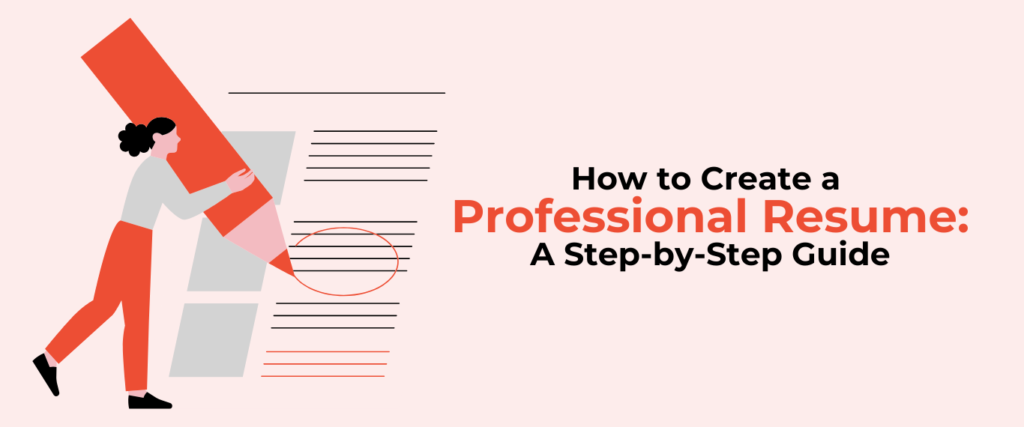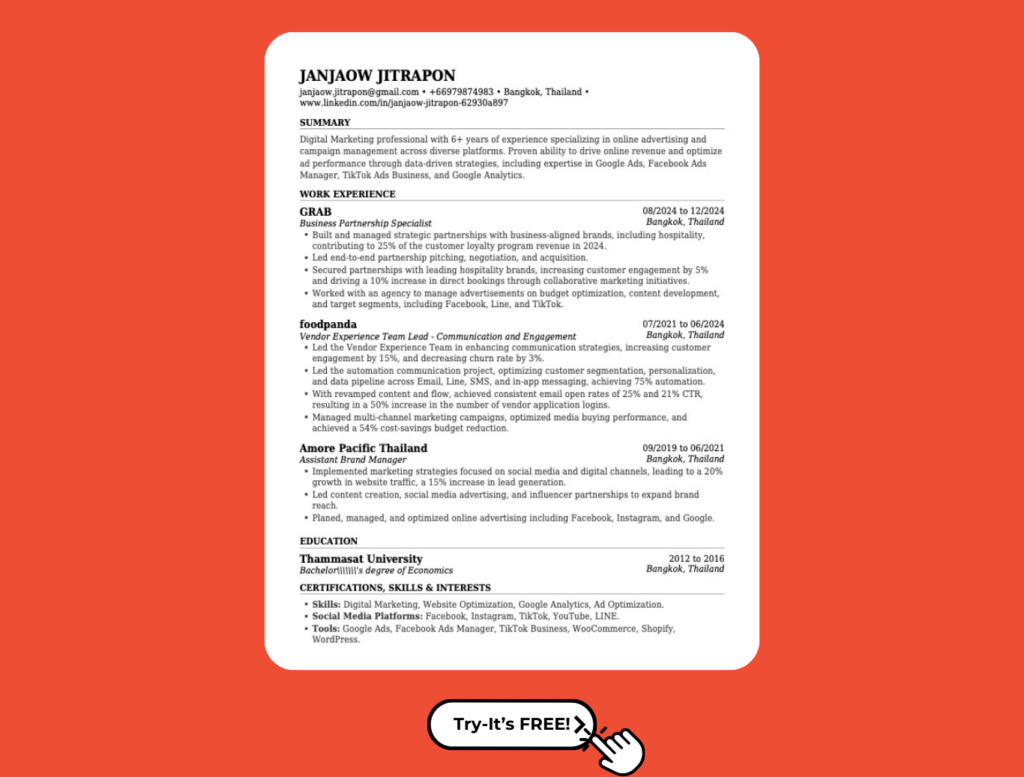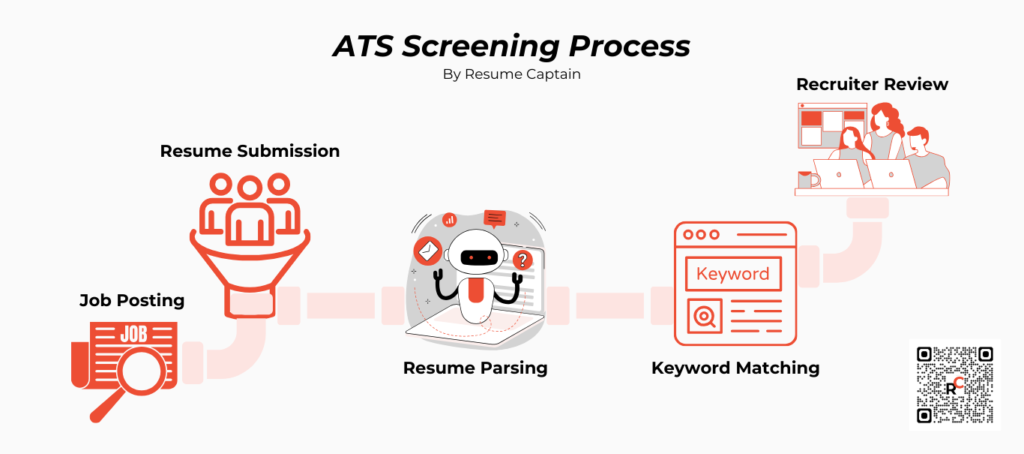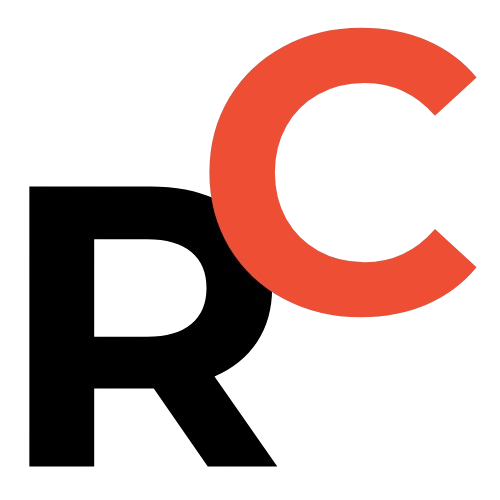
A well-crafted professional resume is the key to landing your dream job. Whether you’re an experienced professional or a recent graduate, following the right resume format and applying essential resume tips can significantly improve your chances of getting noticed. This guide will walk you through the process of creating a standout resume that highlights your skills and experience effectively.
Step 1: Choose the Right Resume Format
The resume format you choose plays a crucial role in presenting your experience and skills. Here are three common formats:
| Resume Format | Best For | Key Features |
|---|---|---|
| Chronological | Experienced professionals | Lists work history in reverse order |
| Functional | Career changers, fresh graduates | Focuses on skills rather than experience |
| Combination | Those with both skills and experience | Blends skills with a detailed work history |
Pro Tip: If you have a steady work history, a chronological resume is the most commonly accepted format.
Step 2: Include Your Name and Contact Information
Your resume header should contain:
Full Name
Professional Email Address (e.g., [email protected])
Phone Number
LinkedIn Profile (if applicable)
Portfolio/Website (for creative roles)
Ensure your email address and LinkedIn profile appear professional and up to date.
Here is an example:

Step 3: Tailor Your Resume for Each Position
To increase your chances of getting hired, customize your resume based on the job description:
Analyze the job posting and identify relevant keywords.
Match your skills and experience with what the employer is looking for.
Use industry-specific terminology to make your resume ATS-friendly.
Example:
Generic: “Managed social media accounts.”
Tailored: “Managed and grew company’s Instagram account by 50% through strategic content marketing.”
Step 4: Add a Resume Summary or Objective
A resume summary or career objective provides recruiters with a snapshot of your qualifications. Choose the right option:
Resume Summary: Ideal for experienced professionals.
Resume Objective: Suitable for entry-level job seekers or career changers.
Example Resume Summary:
“Results-driven marketing specialist with 5+ years of experience in content strategy and SEO. Increased organic traffic by 70% at XYZ Corp. Passionate about leveraging data-driven strategies to improve brand visibility.
Step 5: List Your Soft and Hard Skills
Recruiters look for a mix of hard skills (technical abilities) and soft skills (interpersonal traits). Include:
Hard Skills: SEO, JavaScript, Project Management, Data Analysis
Soft Skills: Leadership, Communication, Problem-Solving, Time Management
Use bullet points to make your skills section easy to scan.
Step 6: Detail Your Professional History
List your work experience in reverse chronological order. For each job, include:
Job Title
Company Name
Location
Dates of Employment
Key Responsibilities & Achievements
Example:
Digital Marketing Manager | ABC Corp | Jan 2020 – Present
Led a team of 5 in executing content marketing strategies, boosting website traffic by 60%.
Managed a $100K annual budget for paid advertising campaigns.
Increased conversion rates by 25% through data-driven A/B testing.
Step 7: Include an Education Section
Your education section should list:
Degree Earned
University/Institution Name
Graduation Year
Relevant Coursework (if applicable)
Example:
Bachelor’s Degree in Business Administration XYZ University, Class of 2020
Step 8: Consider Adding Optional Sections
Enhance your resume with additional sections if relevant:
Certifications: Google Analytics, PMP Certification
Languages: Bilingual in English and Spanish
Volunteer Experience: Organized community tech workshops
Projects: Developed a mobile app with 10,000+ downloads
Example Resume Template

Q&A: Common Resume Questions
Q1: What is the best resume format?
A: The chronological format is best for professionals with consistent work experience, while functional or combination resumes work for career changers and entry-level candidates.
Q2: How long should a resume be?
A: Ideally, one page for less experienced professionals and two pages for those with 10+ years of experience.
Q3: Should I include a photo on my resume?
A: In the U.S. and Canada, photos are not recommended due to anti-discrimination policies. However, in some European and Asian countries, they are commonly included.
Q4: What are ATS-friendly resumes?
A: Applicant Tracking Systems (ATS) scan resumes for keywords. Use simple formatting, standard fonts, and industry-specific keywords to optimize for ATS.
Q5: Can I use a resume template?
A: Yes! Resume templates can help you structure your resume professionally. Just make sure to customize it for each job application.
Final Thoughts
Crafting a professional resume is essential to standing out in today’s competitive job market. By selecting the right resume format, optimizing for ATS, and tailoring your resume for each job, you can increase your chances of landing interviews.
Helpful Resources:
Start creating your professional resume today and take the next step toward your dream job!




